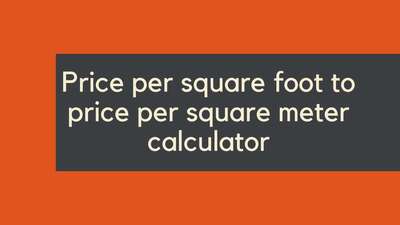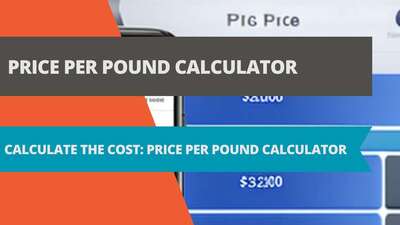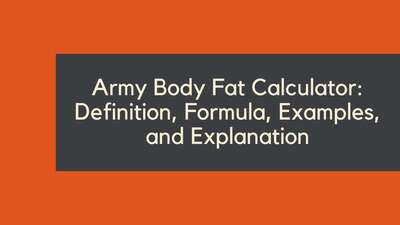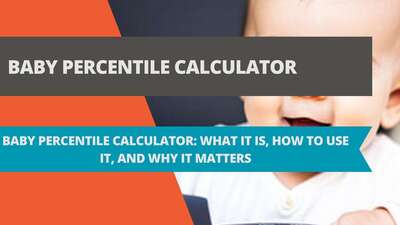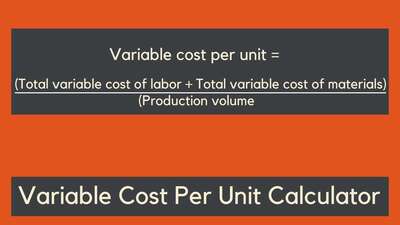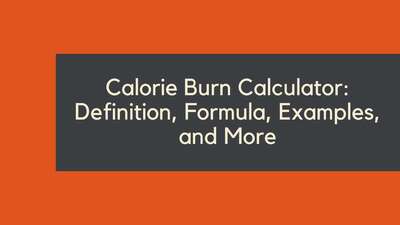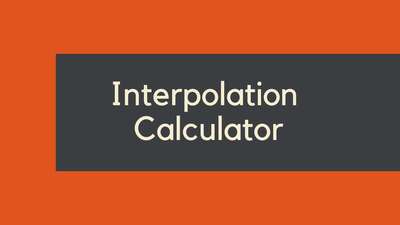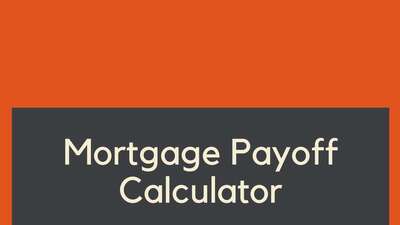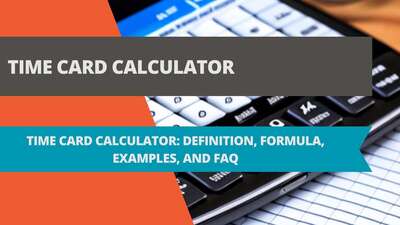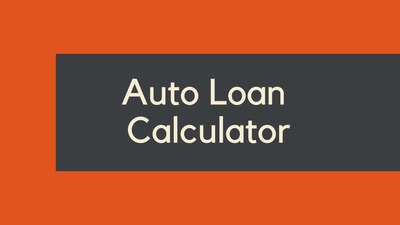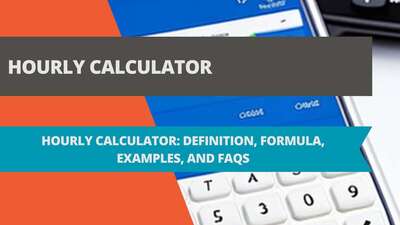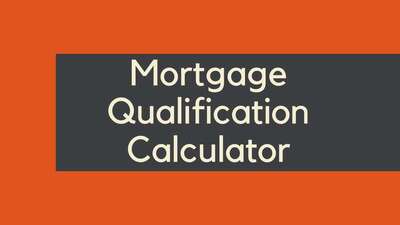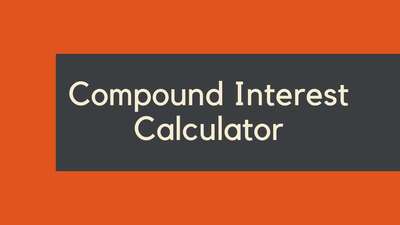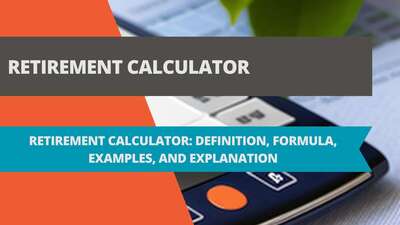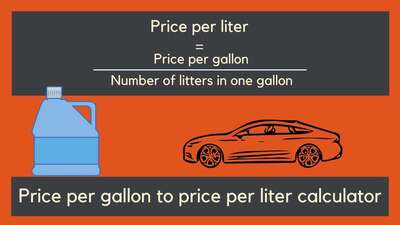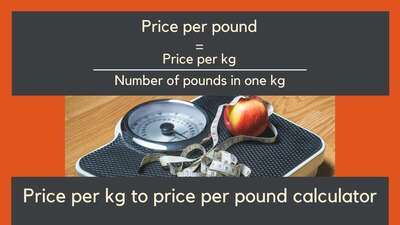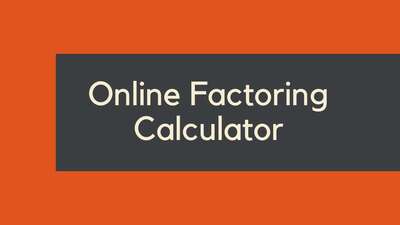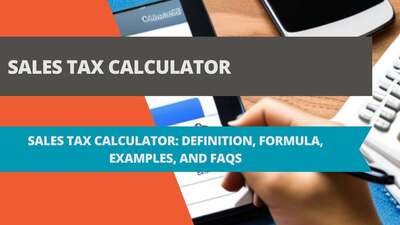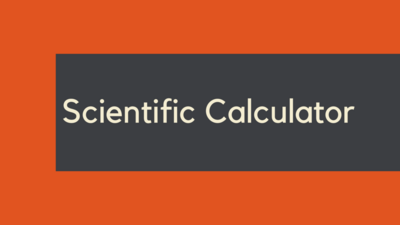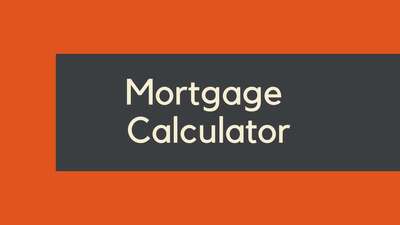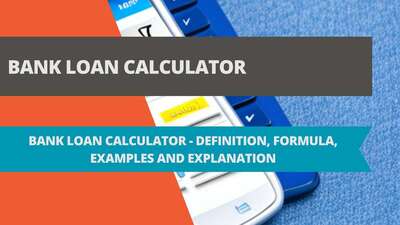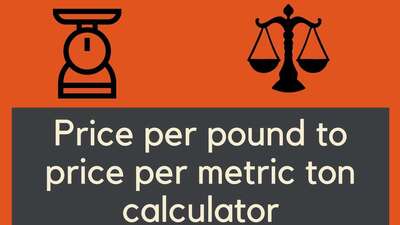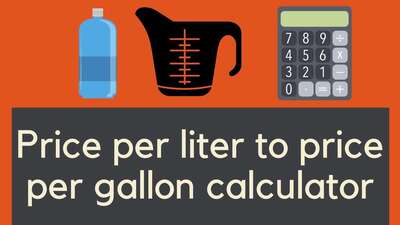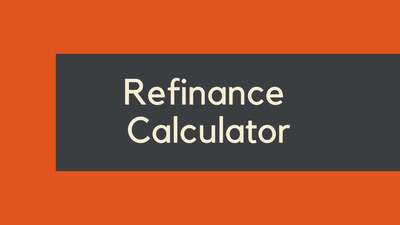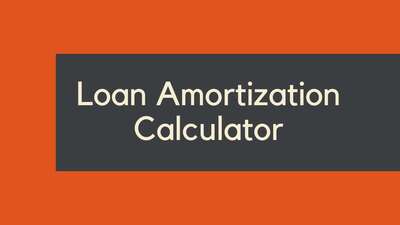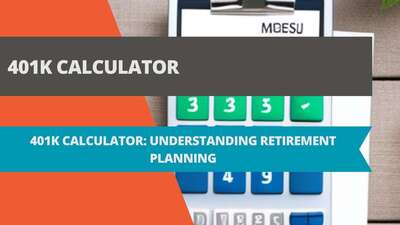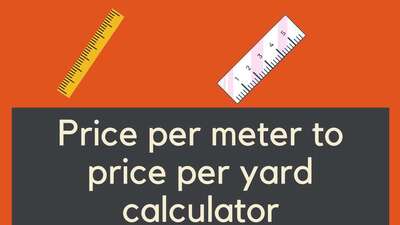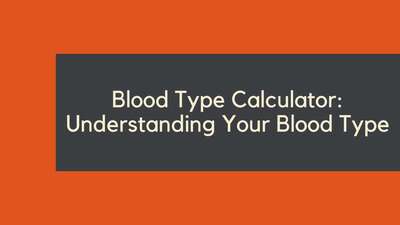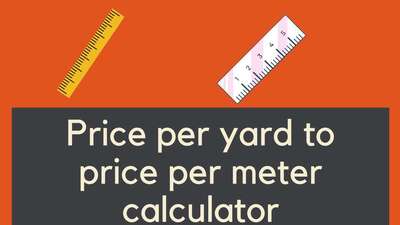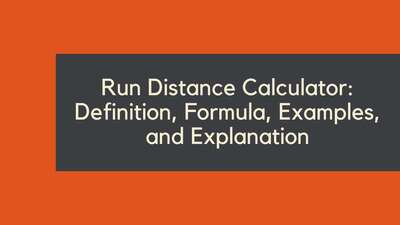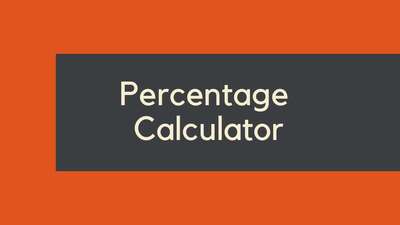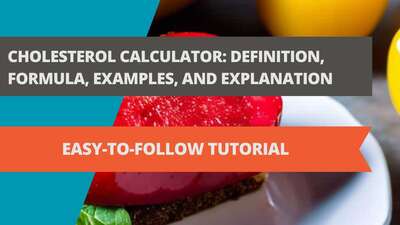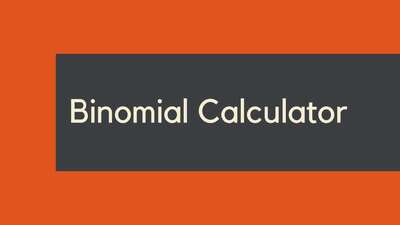Fraction Calculator: Definition, Formula, Examples, and FAQ

- Definition of Fraction Calculator
- Formula for Fraction Calculator
- Examples of Fraction Calculator
- Question and Answer FAQ
- What is a fraction calculator?
- How do I use a fraction calculator?
- What are some common applications of fraction calculators?
- Are there any limitations to using a fraction calculator?
- History of Fraction Calculations
- Importance of Understanding Fractions
- The Transition from Physical to Digital Calculators
- Advanced Features of Modern Fraction Calculators
- Tips for Ensuring Accuracy
- Conclusion
Fractions are a fundamental concept in mathematics that are used to represent part of a whole. A fraction is a way of expressing a number as a ratio of two integers, where the top number is called the numerator and the bottom number is called the denominator. Fractions are used in a wide range of mathematical and real-world applications, from basic arithmetic operations to complex algebraic equations. In this article, we will discuss the fraction calculator, its definition, formula, examples, and frequently asked questions.
Definition of Fraction Calculator
A fraction calculator is a tool that helps you perform arithmetic operations with fractions, including addition, subtraction, multiplication, and division. It is a useful tool for students and professionals who work with fractions on a regular basis. Fraction calculators are available in both physical and digital forms, including handheld calculators, online calculators, and mobile apps. They can be used to perform a wide range of mathematical operations, from basic calculations to complex equations.
Formula for Fraction Calculator
The formula for a fraction calculator depends on the operation being performed. Here are the formulas for the four basic arithmetic operations:
Addition: To add two fractions, you need to find a common denominator, then add the numerators together. The result is a fraction with the same denominator as the original fractions. The formula is as follows:

Subtraction: To subtract two fractions, you need to find a common denominator, then subtract the numerators. The result is a fraction with the same denominator as the original fractions. The formula is as follows:

Multiplication: To multiply two fractions, you simply multiply the numerators together, then multiply the denominators together. The formula is as follows:

Division: To divide two fractions, you need to invert the second fraction, then multiply the two fractions together. The formula is as follows:

Examples of Fraction Calculator
Let's take a look at some examples of how to use a fraction calculator to perform arithmetic operations with fractions.
Example 1: Add 2/3 and 5/6.

We can simplify the result by dividing both the numerator and denominator by their greatest common factor (GCF), which is 3.

Therefore, 2/3 + 5/6 = 3/2. Example 2: Subtract 3/5 from 7/8.

Therefore, 7/8 - 3/5 = 11/40. Example 3: Multiply 2/3 by 4/5.

Therefore, 2/3 x 4/5 = 8/15. Example 4: Divide 3/4 by 1/2.

We can simplify the result by dividing both the numerator and denominator by their GCF, which is 2.

Therefore, 3/4 ÷ 1/2 = 3/2.
Question and Answer FAQ
What is a fraction calculator?
A fraction calculator is a tool that allows you to perform arithmetic operations with fractions, such as addition, subtraction, multiplication, and division. It takes two or more fractions as inputs and produces a fraction as the output.
How do I use a fraction calculator?
Using a fraction calculator is easy. Simply enter the fractions you want to perform an arithmetic operation with and select the operation you want to perform. The calculator will then display the result of the operation in the form of a fraction.
What are some common applications of fraction calculators?
Fraction calculators are commonly used in many fields, including math, science, engineering, and finance. They are particularly useful in situations where fractions are involved, such as calculating proportions, percentages, and ratios.
Are there any limitations to using a fraction calculator?
While fraction calculators are a helpful tool, they do have some limitations. They may not be able to handle extremely large or small fractions, and they may not be able to simplify fractions as much as possible. Additionally, they may not be able to perform some more complex operations involving fractions, such as finding the least common denominator or converting between mixed numbers and improper fractions.
History of Fraction Calculations
Long before the invention of modern calculators, our ancestors grappled with the challenge of working with fractions using manual methods. These rudimentary techniques, though primitive, formed the bedrock of many mathematical applications.
The Egyptians, renowned for their monumental pyramids and temples, had a unique fractional system predominantly based on unit fractions, where the numerator was always one. Their intricate architectural feats required precise calculations, making their fractional methods indispensable. Similarly, the Babylonians utilized a base-60 numeral system, introducing us to concepts that would later influence our understanding of time measurements, such as 60 minutes in an hour.
These ancient civilizations, while using different approaches, recognized the importance of fractions in various sectors. From facilitating equitable trade transactions to predicting celestial events in astronomy, fractions played a pivotal role in daily life. As centuries passed and mathematical knowledge expanded, these manual techniques gradually evolved, becoming more sophisticated and efficient.
With the Renaissance and the subsequent scientific revolution, there was a surge in the development of mathematical tools. The need for quicker and more accurate calculations in commerce, navigation, and science acted as a catalyst, leading to the invention of mechanical calculating devices. The culmination of these advancements was the creation of the fraction calculator, a tool that has since revolutionized the way we handle fractional numbers.
Importance of Understanding Fractions
The world of mathematics is vast and complex, but at its heart lies some fundamental concepts, among which fractions stand out as particularly crucial. While technological advancements have gifted us with tools like fraction calculators, there's an irreplaceable value in truly understanding the essence of fractions.
Fractions serve as a gateway to a myriad of other mathematical principles. They're the foundation upon which concepts like decimals, ratios, and percentages are built. Mastering fractions often means that these related topics become more accessible and intuitive. This foundational knowledge provides clarity when encountering more advanced mathematical challenges.
Moreover, the importance of fractions isn't confined to the classroom. They have real-world applications that permeate our daily lives. Consider the chef meticulously adjusting a recipe, or a homeowner measuring spaces for renovation, or even someone managing their finances and splitting expenses – all these tasks involve fractions in some capacity.
By truly understanding fractions, individuals can approach problems with a deeper sense of comprehension. They can make more informed decisions, ensuring accuracy in tasks and confidence in outcomes. In a world that's becoming increasingly data-driven, this foundational knowledge is more pertinent than ever, underscoring the importance of not solely relying on calculators but also fostering a genuine understanding of the subject.
The Transition from Physical to Digital Calculators
Throughout history, tools and instruments have always evolved to cater to the needs of their users and to integrate with emerging technologies. The fraction calculator is no exception. Its journey from being a physical apparatus to a digital tool mirrors the broader transformation in the world of technology and computation.
In the early days, fraction calculators were often bulky and mechanical, requiring manual operations. They were indispensable instruments for professionals in fields like engineering, finance, and academia. Their design and functionality, while advanced for the time, were limited in scope and portability. However, as the years progressed and technological advancements surged, the horizon of possibilities expanded.
The advent of personal computers in the late 20th century marked a significant milestone. Software-based fraction calculators began to emerge, offering more functionality, speed, and precision. But it was the rise of smartphones and tablets in the 21st century that truly democratized access to these tools. With just a few taps on a screen, users could now solve complex fraction problems, visualize solutions, and even access learning resources.
The convenience of having a fraction calculator as an app on a mobile device is unparalleled. It means that students, professionals, and anyone interested can effortlessly tackle fraction-related challenges anytime, anywhere. The digital transformation of the fraction calculator not only signifies technological progression but also represents the broader shift towards making knowledge and tools more accessible to all.
Advanced Features of Modern Fraction Calculators
With the rapid advancement in technology, fraction calculators have undergone transformative changes, offering functionalities that would have been deemed unimaginable a few decades ago. No longer limited to just basic arithmetic, these calculators now serve as comprehensive tools for both learning and application.
One notable feature in many modern fraction calculators is the ability to provide visual representations. This can be particularly beneficial for visual learners, as it allows them to see fractions in forms such as pie charts, number lines, or bar graphs, thereby deepening their understanding of the concept.
Another advanced capability is fraction simplification. Instead of manually trying to find the greatest common divisor, users can effortlessly simplify fractions to their lowest terms with a single click. This ensures accuracy and saves a significant amount of time, especially with complex fractions.
Additionally, the feature to convert between mixed numbers and improper fractions is invaluable. Whether one is working on a mathematical problem that requires a specific format or simply wishes to see a fraction in a different representation, this feature streamlines the process.
Moreover, some calculators come equipped with historical data storage, a boon for those working on multi-step problems or those who wish to review and learn from past calculations. This archive can be essential for tracking progress, especially in educational settings.
Lastly, the inclusion of tutorials or step-by-step breakdowns has turned these calculators into learning aids. By guiding users through the calculation process, they not only provide the answer but also foster a deeper understanding of the underlying concepts, bridging the gap between tool and teacher.
In summary, the modern fraction calculator is not just a computational device; it's a comprehensive tool that facilitates understanding, enhances efficiency, and caters to the diverse needs of its users.
Tips for Ensuring Accuracy
Fraction calculators, like all tools, are only as effective as their users. Even the most advanced calculator can produce incorrect results if fed inaccurate information. Therefore, it's imperative for users to employ strategies that ensure accuracy in their calculations.
Double-checking Inputs: A common pitfall is the misentry of data. Before hitting the calculate button, always review the fractions inputted. A simple oversight in the numerator or denominator can drastically alter the result. Taking a few seconds to confirm entries can save significant time and avoid potential errors.
Manual Verification: While it might seem counterintuitive in the age of digital tools, periodically performing manual calculations is beneficial. Not only does this practice act as a safeguard against potential calculator errors or misentries, but it also strengthens one's mathematical skills and understanding of the fraction concept. By comparing manual results with those from the calculator, users can develop a deeper trust in their tool and their own abilities.
Utilizing Multiple Tools: Sometimes, using a secondary source or different fraction calculator can serve as an additional check. By comparing results from two different tools, users can be more confident in the accuracy of their answers.
Understanding the Basics: A foundational understanding of fractions and their operations is paramount. Knowing the underlying principles ensures that users can recognize when a result seems off. This understanding acts as an internal quality check, allowing users to identify and rectify discrepancies.
In conclusion, while fraction calculators offer convenience and speed, they are not a substitute for vigilance and understanding. Adopting a meticulous approach and combining the power of technology with human insight will ensure the highest levels of accuracy in all fraction-related tasks.
Conclusion
A fraction calculator is a valuable tool for performing arithmetic operations with fractions. It simplifies the process of performing calculations with fractions and reduces the likelihood of errors. By using a fraction calculator, you can save time and effort in performing mathematical operations involving fractions. However, it is important to keep in mind that fraction calculators may have some limitations and may not be able to handle all types of fraction-related problems.
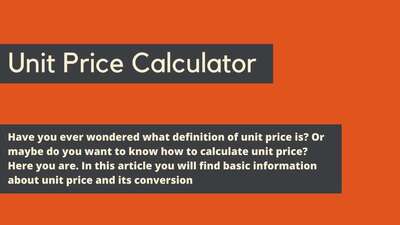
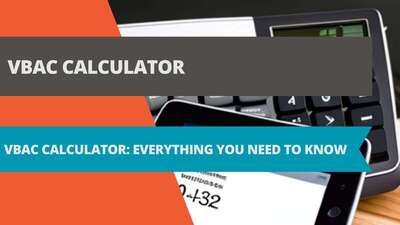

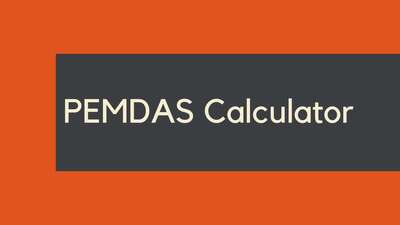

![Car Loan Calculator: Definition, Formula, Examples, and FAQs [2023 Guide]](/images/page/400/car-loan-calculator-13.jpg)
